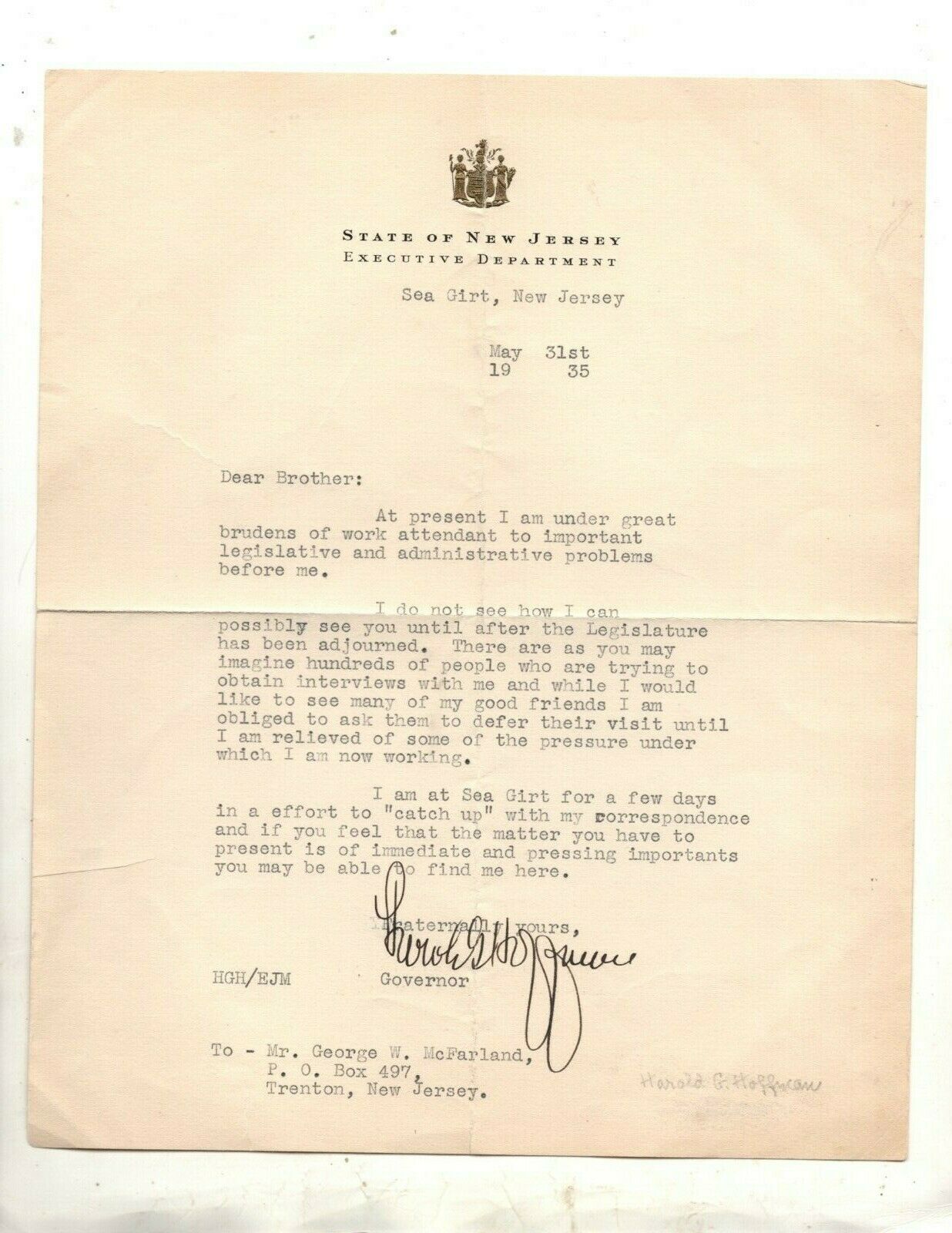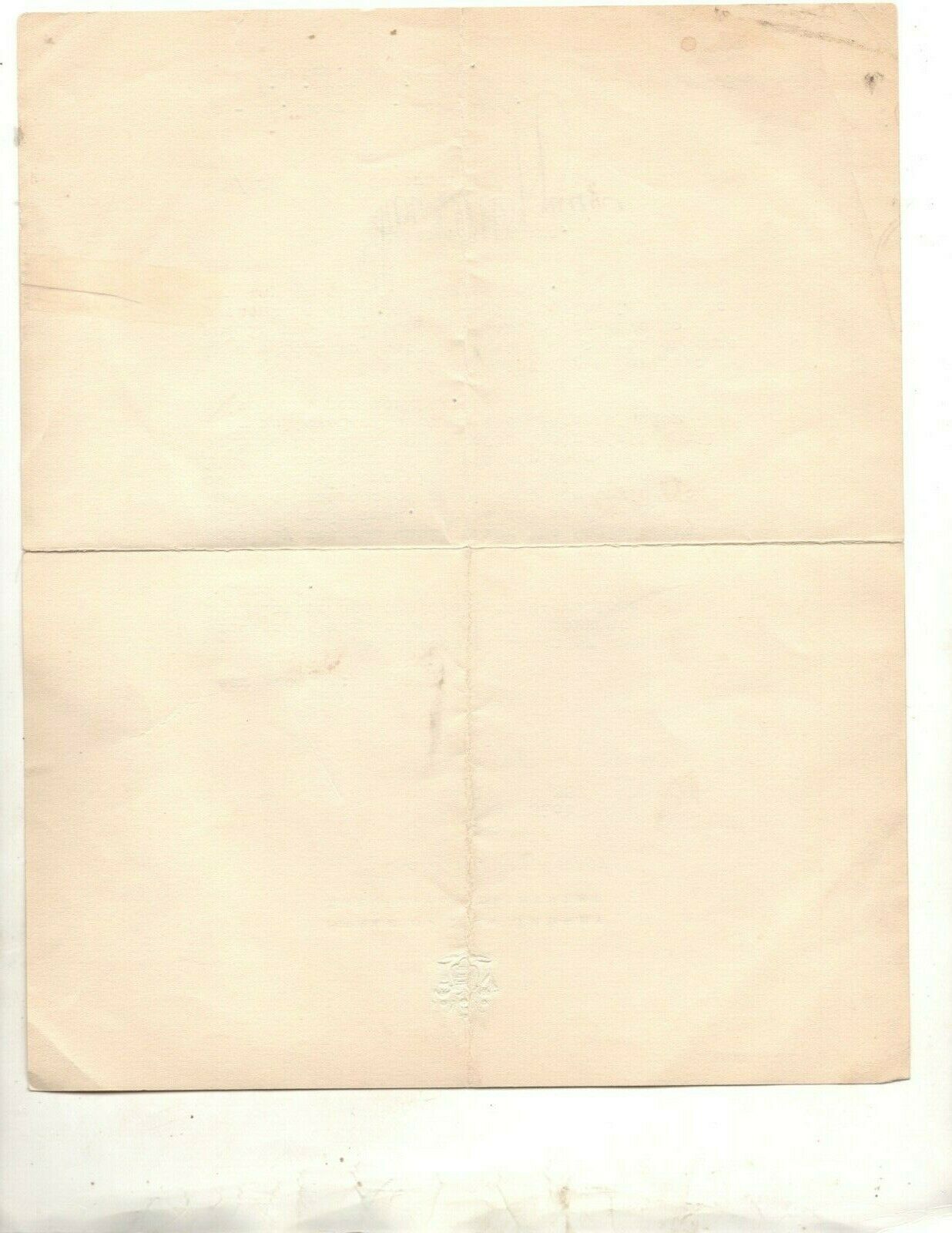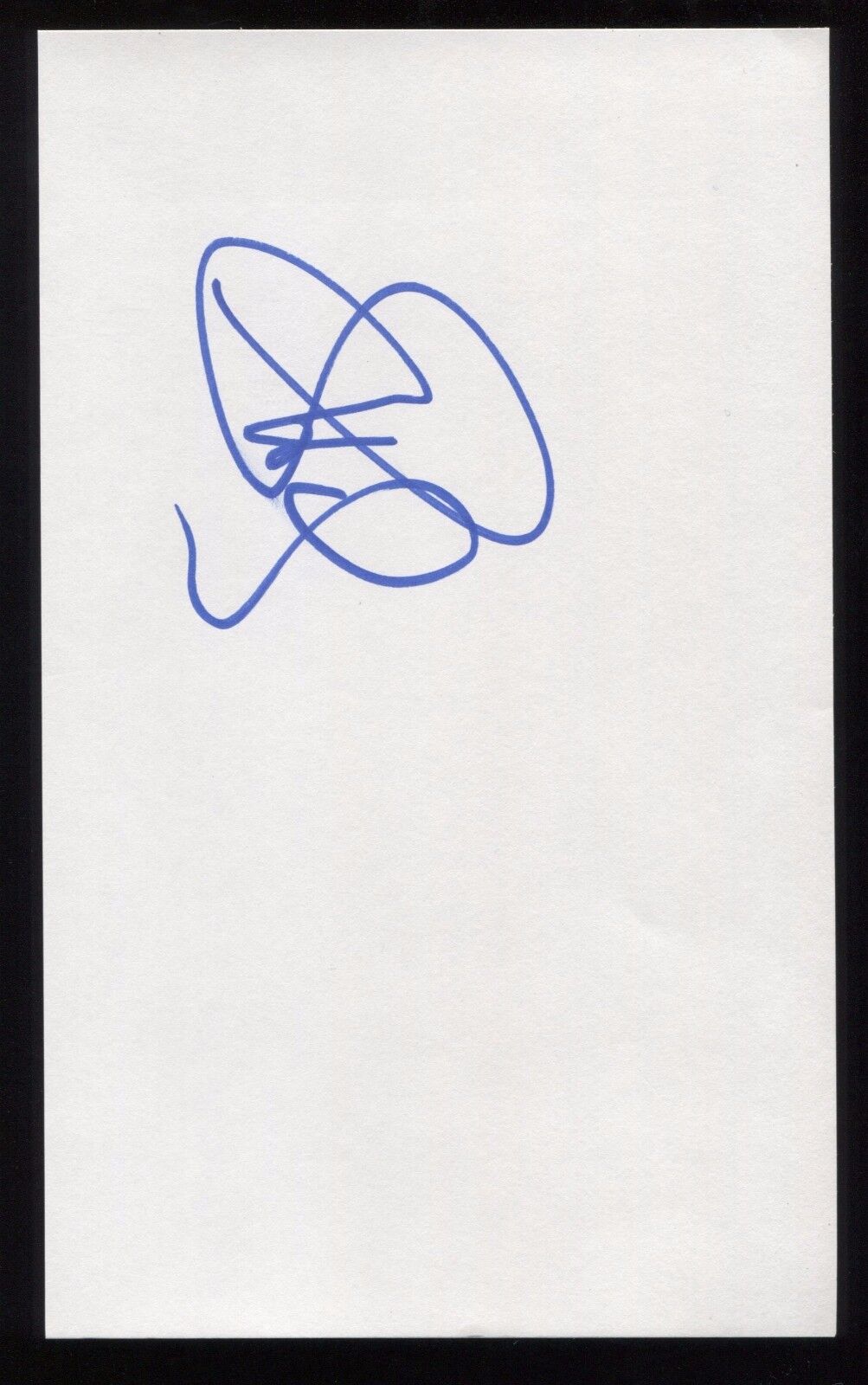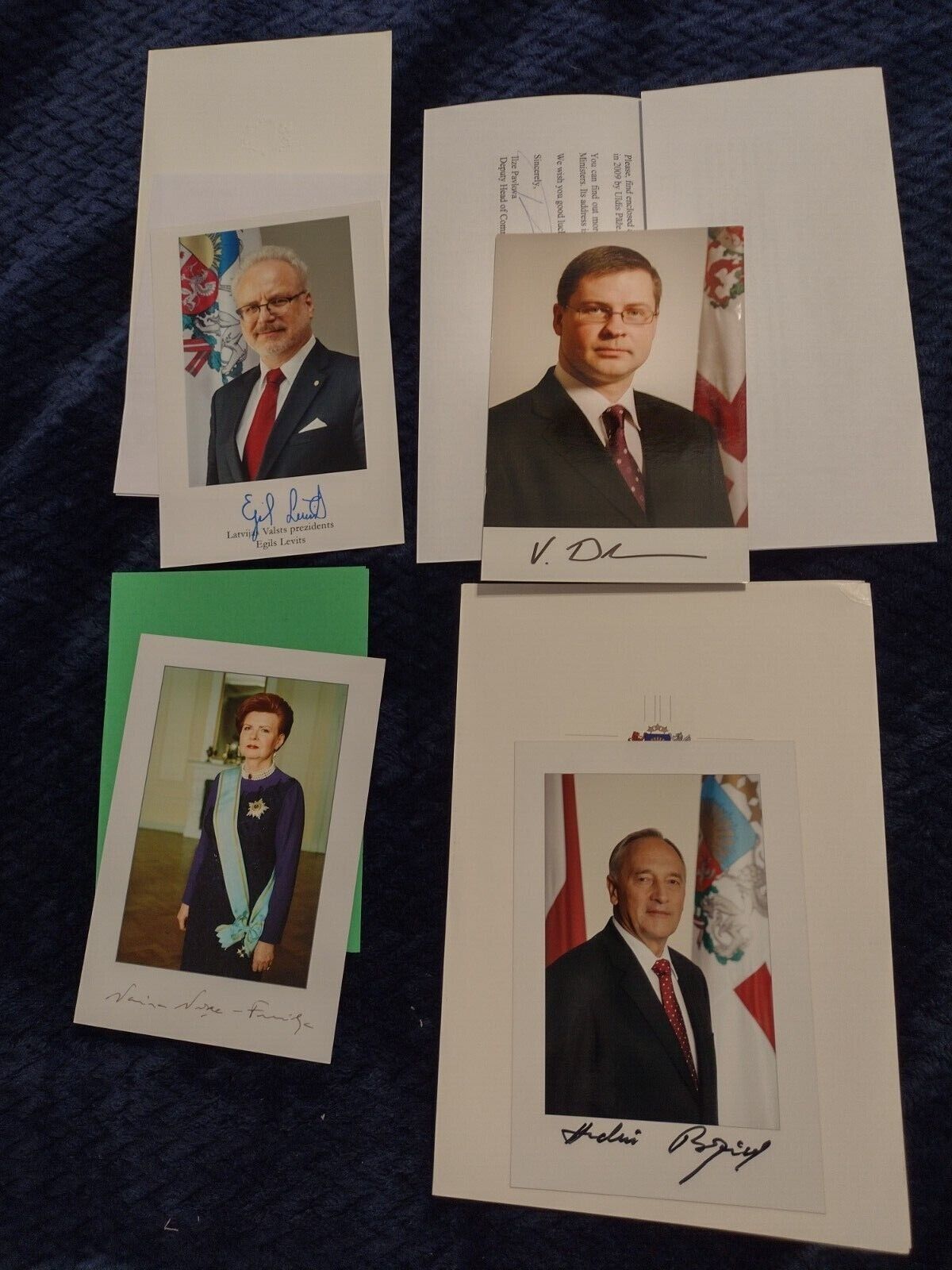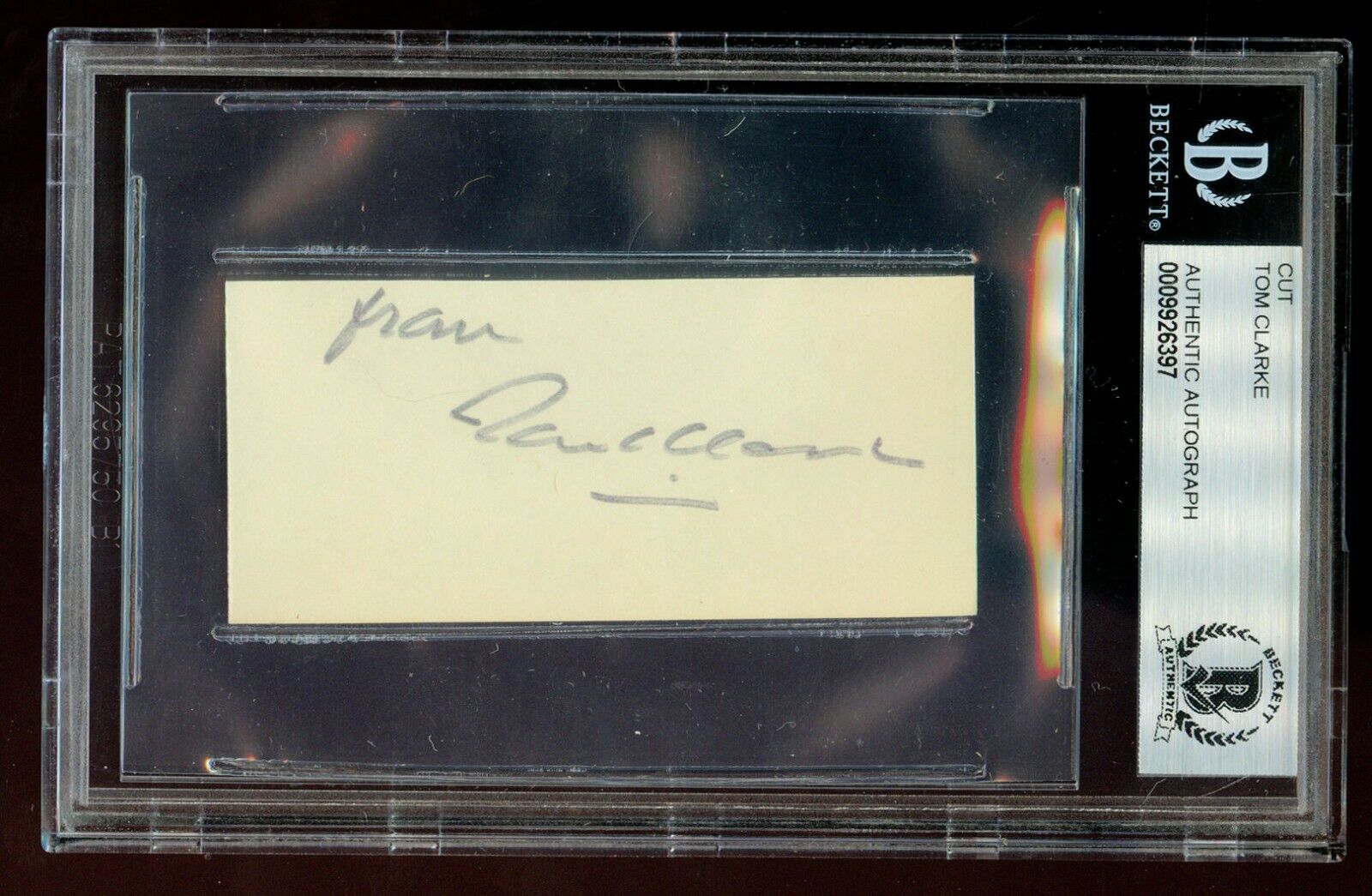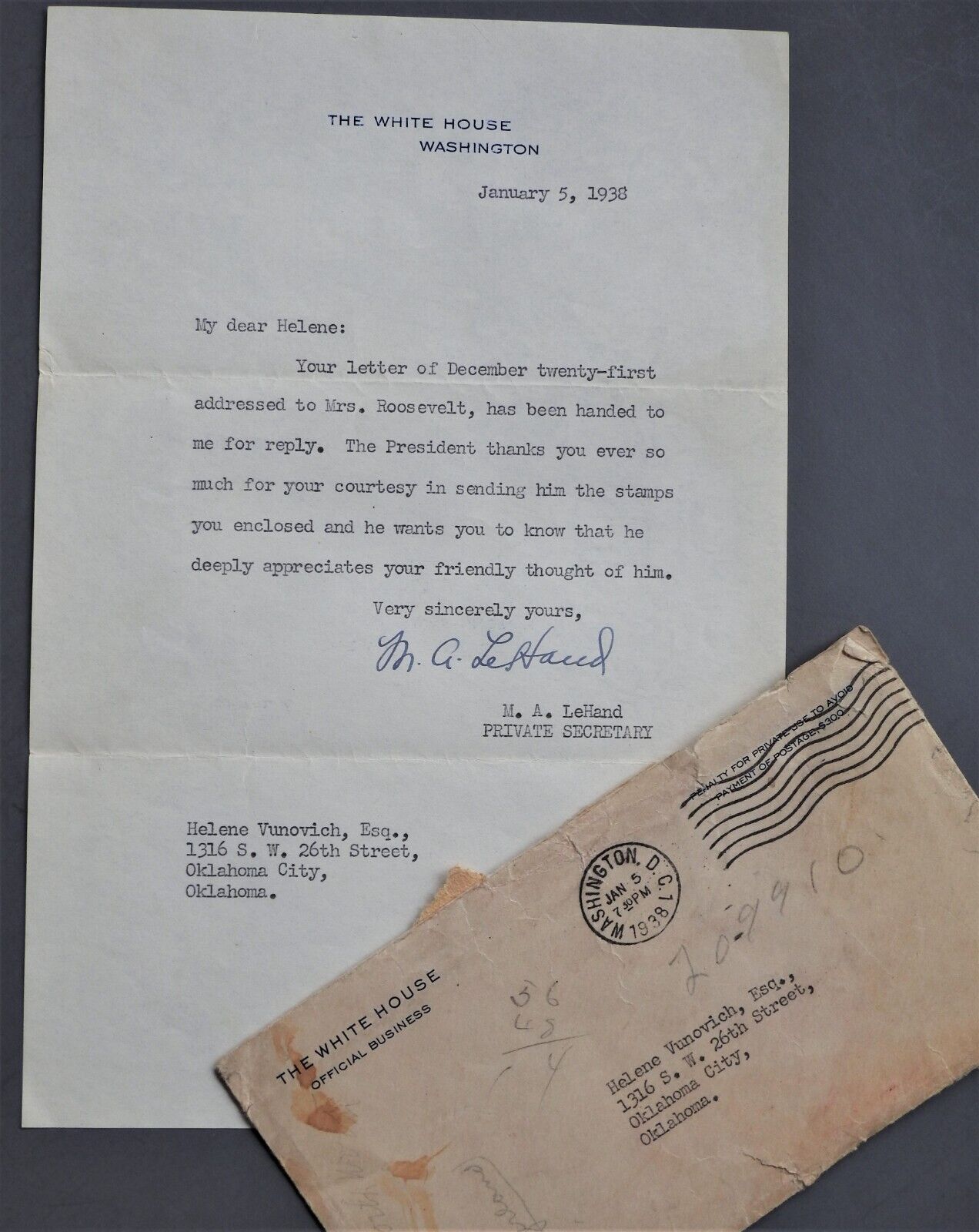-40%
HAROLD HOFFMAN,LINDBERGH KIDNAPPING CASE,NEW JERSEY GOVERNOR 1935,LETTER SIGNED
$ 29.04
- Description
- Size Guide
Description
This was during the period between the trial of Bruno Hauptmann and hisexecution in 1936.
Hoffman's references to pressures, problems, etc. are the result of the
publicity of the Lindbergh baby kidnapping/murder trial.
Shortly before Hauptmann's execution, Hoffman secretly visited him in jail, with
his stenographer who spoke German. He was convinced Hauptmann was
innocent but could not convince other members of the Court of Appeals.
-----------------------------------------------------------------------------------------
May 31, 1935 to George W. McFarland Trenton, New Jersey.
McFarland was a lodge brother friend of his.
"At present I am under great burdens of work attendant to important legislative
and administrative problems before me.
I do not see how I can possibly see you until after the Legislature has been
adjourned. There are as you may imagine hundred of people who are trying
to obtain interviews with me.........
I am at Sea Girt for a few days........you may be able to find me here.
Fraternally yours, Harold G. Hoffman Governor"
one horizontal, one vertical fold.
Harold G. Hoffman
From Wikipedia, the free encyclopedia
Jump to navigation
Jump to search
For the California politician, see
Harold Hofmann
.
Harold G. Hoffman
41st
Governor of New Jersey
In office
January 15, 1935 – January 18, 1938
Preceded by
Horace Griggs Prall
(acting)
Succeeded by
A. Harry Moore
Member of the
U.S. House of Representatives
from
New Jersey
's
3rd
district
In office
March 4, 1927 – March 3, 1931
Preceded by
Stewart H. Appleby
Succeeded by
William H. Sutphin
Personal details
Born
Harold Giles Hoffman
February 7, 1896
South Amboy, New Jersey
, U.S.
Died
June 4, 1954 (aged 58)
New York City
, U.S.
Political party
Republican
Spouse(s)
Lillie Moss
Signature
Harold Giles Hoffman
(February 7, 1896 – June 4, 1954) was an American politician of the
Republican Party
who served as the 41st
governor of New Jersey
from 1935 to 1938. He also served two terms representing
New Jersey's 3rd congressional district
in the
United States House of Representatives
, from 1927 to 1931.
Early life
Hoffman was born in
South Amboy, New Jersey
to Frank Hoffman and Ada Crawford Thom. Ada was the daughter of the painter
James Crawford Thom
and the granddaughter of Scottish sculptor
James Thom
. Hoffman also had two ancestors who were soldiers in the
American Revolutionary War
. His father's side of the family were among some of the early settlers in New Amsterdam, now known as New York City, but originated in Sweden; Hoffman's father's family were the descendants of Dutch nobility.
[1]
Hoffman attended public schools and graduated from
South Amboy High School
in 1913. He worked with a local newspaper until enlisting on July 25, 1917, as a private in the Third Regiment of the New Jersey Infantry. He served overseas in World War I as a captain and advanced to the rank of lieutenant colonel until he was discharged with the rank of colonel in 1946. After
World War I
, Hoffman returned to South Amboy and became an executive with the
South Amboy Trust Company
. He later became the bank's president, a position he held until 1942.
Political career
During his career, Hoffman served in a series of political offices, including city treasurer of South Amboy, New Jersey state assemblyman, mayor of South Amboy, and U.S. Congressman. In 1934, Hoffman was narrowly elected governor of New Jersey.
As governor, Hoffman secretly visited convicted
Lindbergh kidnapper
Bruno Hauptmann
in his death row cell on the evening of October 16, 1935, with Anna Bading, a
stenographer
and fluent speaker of
German
. Hoffman urged the other members of the
New Jersey Court of Errors and Appeals
, then the state's highest court, to visit Hauptmann. Despite Governor Hoffman's doubt regarding Hauptmann's guilt, Hoffman was unable to convince the other members of the court to re-examine the case, and Hauptmann was
executed
on April 3, 1936.
Hoffman was a delegate to the
1936 Republican National Convention
.
As governor, Hoffman got into at least two separate fistfights with reporters. Hoffman's advocacy of a state
sales tax
cost him the support of his own party.
Due to
World War II
, Hoffman was granted military leave as director of the Unemployment Compensation Commission on June 15, 1942. He reentered the army as a major in the
Transportation Corps
and served until June 24, 1946, when he was discharged with the rank of
colonel
. Upon discharge, Hoffman resumed his position as director of the Unemployment Commission.
In 1948, he appeared on the short-lived
ABC network
program
That Reminds Me
.
On February 2, 1950, Hoffman was one of four panelists on the debut presentation of the
game show
What's My Line?
.
Death and Confession
On March 18, 1954, Governor
Robert B. Meyner
uncovered a significant embezzlement scheme perpetrated by Hoffman and suspended him from his position of Unemployment Compensation Commission Director. Three months later, in June 1954, Hoffman died in a
New York City
hotel room of a heart attack.
[2]
Just before dying, the disgraced former governor wrote a confession and admitted that he had embezzled over 0,000 from the state. Hoffman is buried in
Christ Church Cemetery
in
South Amboy, New Jersey
.
